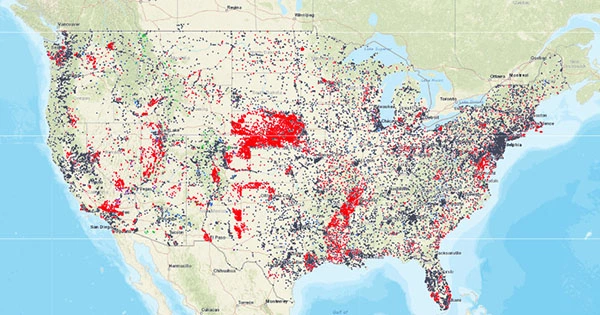Conservation of wild species’ habitats is one of the most pressing issues confronting the environment today, both on land and at sea. It is a management practice that aims to conserve, protect, and restore habitats in order to prevent species extinction, fragmentation, and range reduction. As human populations grow, so does land use, and wild species have fewer places to call home.
Human activity has altered more than half of the Earth’s terrestrial surface, resulting in massive deforestation, erosion and loss of topsoil, biodiversity loss, and extinction. It is a priority for many groups that cannot be easily defined by any single ideology. Species cannot survive outside of their natural habitats, such as those found in a zoo or aquarium, without human intervention. The preservation of habitats is critical to the conservation of biodiversity.
History of the conservation movement
For much of human history, nature was viewed as a resource that could be controlled by the government and used for personal and economic gain. The idea was that plants only existed to feed animals, and animals only existed to feed humans. The value of land was determined solely by the resources it provided, such as fertile soil, timber, and minerals.
Throughout the 18th and 19th centuries, social attitudes began to shift, and conservation principles were first applied practically to British India’s forests. The conservation ethic that emerged included three core principles:
1) human activities damage the environment,
2) there was a civic duty to maintain the environment for future generations, and
3) scientific, empirically-based methods should be applied to ensure this duty was carried out.
Sir James Ranald Martin was a prominent proponent of this ideology, publishing numerous medico-topographical reports demonstrating the damage caused by large-scale deforestation and desiccation, and lobbying hard for the institutionalization of forest conservation activities in British India through the establishment of Forest Departments.
The Madras Board of Revenue initiated local conservation efforts in 1842, led by professional botanist Alexander Gibson, who systematically implemented a forest conservation program based on scientific principles. This was the world’s first instance of state conservation management of forests. In 1855, Governor-General Lord Dalhousie established the first permanent and large-scale forest conservation program, a model that quickly spread to other colonies as well as the United States, where Yellowstone National Park was established as the world’s first national park in 1872.
Rather than focusing on the economic or material benefits of nature, humans began to recognize the intrinsic value of nature and the need to protect it. By the mid-twentieth century, countries such as the United States, Canada, and the United Kingdom had enacted laws and legislation to ensure that the most fragile and beautiful environments would be preserved for future generations. Today, with the help of non-governmental organizations (NGOs) and governments around the world, a strong movement is mobilizing with the goal of protecting habitats and preserving biodiversity on a global scale. Small volunteer associations in villages and towns that strive to emulate the work of well-known conservation organizations are critical in ensuring future generations understand the importance of natural resource conservation.
Forest conservation and restoration are essential components of a future in which humanity is better able to manage and cope with the emergence of new infectious diseases. Without landscapes that balance the needs of both nature and people, the world will continue to react to global health crises rather than preventing them.
















